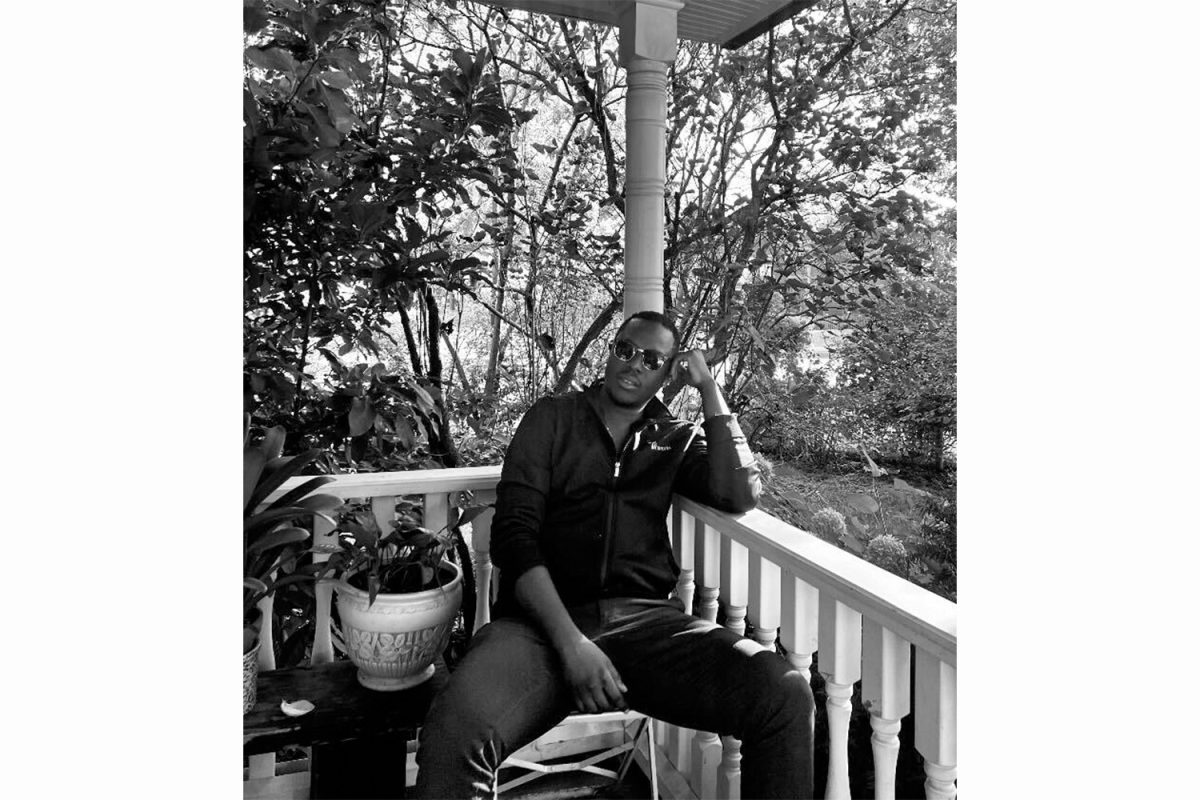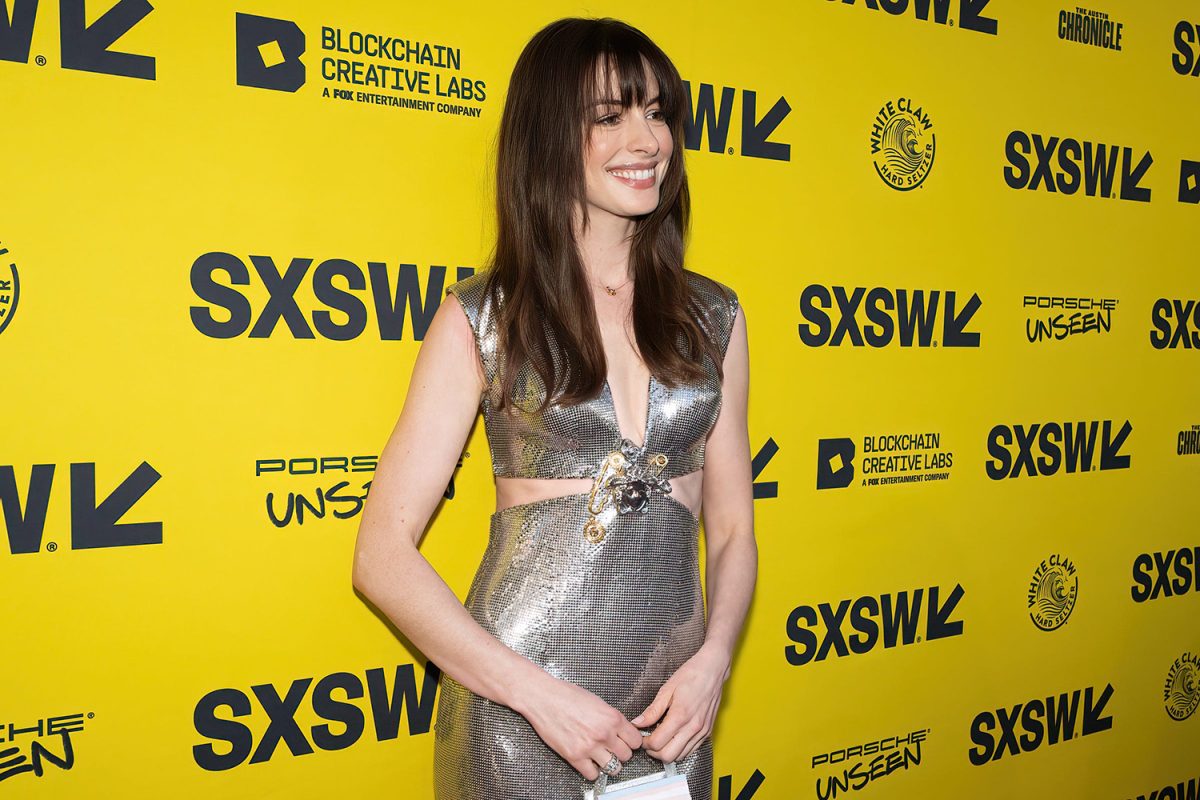IOWA CITY/DORTMUND — Calling him a "pioneer" of intermedia, "ahead of his time," and an artist who "wrote art history," German newspapers celebrated the founder of the first intermedia program of its kind when University of Iowa Professor Emeritus Hans Breder’s exhibition Collision Fields opened on Feb. 1 at the Ostwall Museum in Dortmund, Germany.
Breder started the UI’s intermedia and video department — the first of its kind in the U.S. — in 1968. The 78-year-old artist directed the program until his retirement in 2000. He trained as a painter in Hamburg, Germany before coming to the University of Iowa.
Collision Fields is a retrospective of his time-based work, and the artist shared part of the meaning of the title as, "Only in a state of collision can you discover what you don’t know yet."
The interplay and collision of disciplines continues to be a driving force behind Breder’s philosophy and use of art to explore ideas about consciousness.
For the show, some of his early works have been recast in new ways. A highlight of the exhibit is the recent Weisse Tasse (White Cup), which gives an intimate new home to an old film by projecting Boxed In, from 1972, onto a small white cup.
In the 16-mm film, two dancers throw themselves at a wall and repeatedly fall back into the center of the frame. Trapped now on the curved surface of the empty cup, the tiny figures persist in their attempts to escape the frame but must remain prisoners of their celluloid world.
Klaus-Peter Busse, an art professor at Dortmund University, describes Breder’s artistic method as "the dissolution of boundaries" and an exploration of "the limits of human perception."
The earliest work in Collision Fields, a 1964 photo document of a site-specific sculpture in New York City, started an ongoing series of still images he produced using the reflections of polished stainless steel mirrors to create crystalline new spaces.
Busse said mirrors play a special role in Breder’s work and compared the show to a "magic theater."
Busse said that for Breder, "This process can only happen in the observer’s perception and mind."
Former UI Professor Herman Rappaport, now at Wake Forest University, was in Germany for his old friend’s retrospective.
He said the show "corresponds to how Breder developed his idea of intermedia as an in-mixing of different or ‘other’ media."
Another early work, Eclipse, is based on an aquatic ballet Breder choreographed more than 40 years ago at Lake Macbride, staging it at dusk and using slide and film projectors to light up a trio of sailboats.
In Dortmund, his images illuminate a long sheet of architectural vellum hung from the ceiling. An electric fan on the floor riffles the translucent paper to mimic the sound of a sail in the breeze.
During his tenure at the UI, students were illuminated by exposure to visiting artists. Breder believes the strength of his program started with the idea of bringing internationally known artists to Iowa and sending students into the world.
Vito Acconci, Hans Haacke, Allan Kaprow, Robert Wilson, Dennis Oppenheim, Nam June Paik, Karen Finley, and many others gave students firsthand experience collaborating and experimenting on cutting-edge artwork.
"When students participate in the process of the making of a work, that’s how you learn," Breder said.
He brought students to shows and site-specific works around the world, and for many years he taught intensive summer art courses in Mexico.
Collision Fields will close in Dortmund on April 1.






